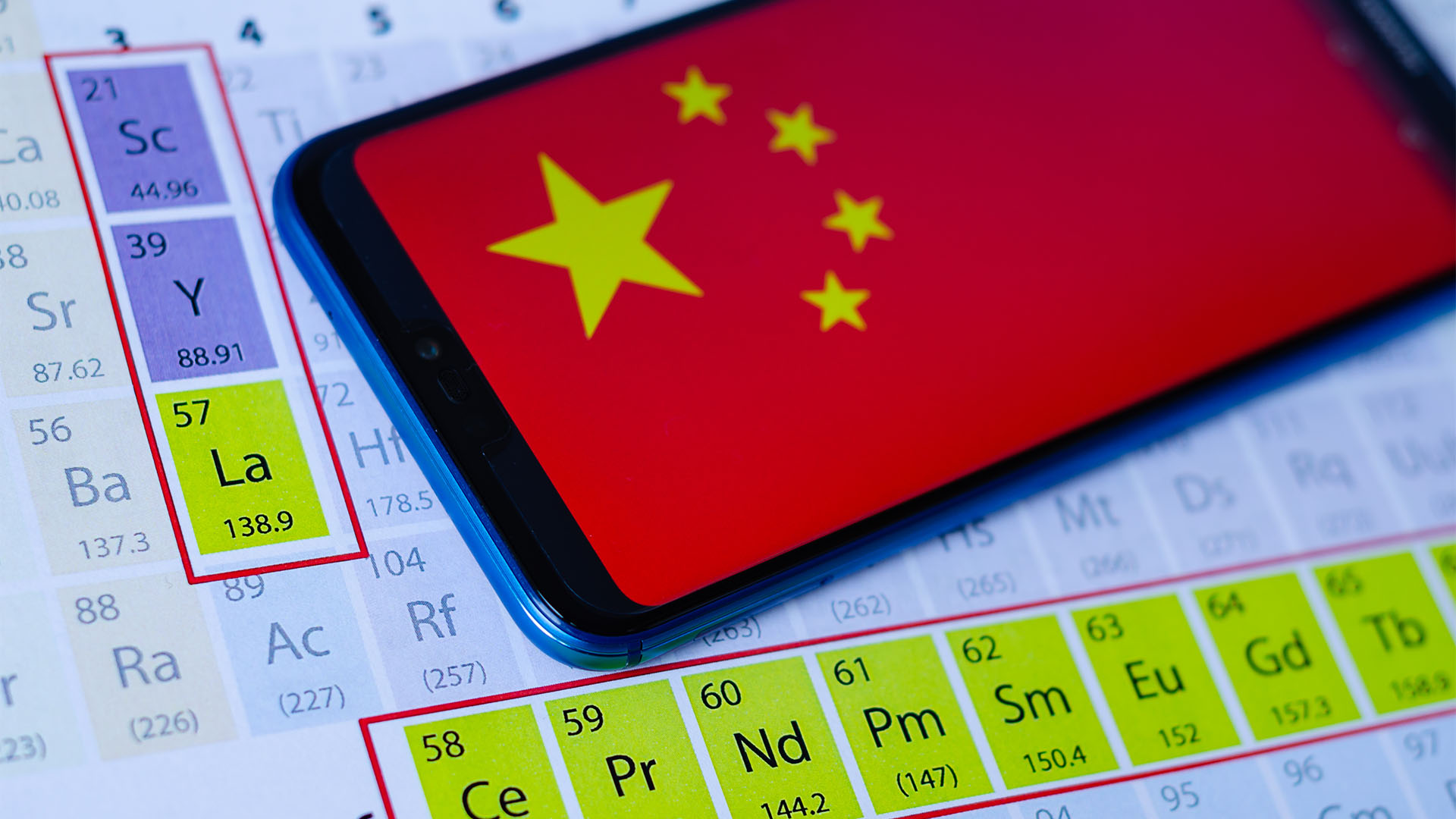The U.S. and Europe aim to reduce their reliance on China for rare earths, but low prices and Beijing’s market influence pose significant challenges.
This year, rare-earth prices have dropped significantly, reaching approximately three-year lows. The spot price of neodymium-praseodymium, a key market segment, has decreased by nearly 20% since January to around $50,000 per metric ton, according to Argus Media. Other rare earths have experienced even steeper declines.
These minerals are mainly used in permanent magnets for household items like TVs, refrigerators, and headphones. They are also increasingly essential in electric vehicles, wind turbines, and robots. By 2030, such high-tech products are expected to drive two-thirds of the demand for neodymium permanent magnets, according to Adamas Intelligence. However, despite the anticipated demand surge from the energy transition, rare-earth prices have been falling since early 2022.
One issue is the surplus of Chinese supply. Beijing has increased rare-earth production through mining quotas, leading to an oversupply. In its first 2024 quota, China mandated state-owned miners to produce 135,000 metric tons of rare earths, nearly 13% more than the comparable 2023 quota, as reported by Fastmarkets.
Simultaneously, the demand for rare earths has not met expectations. The market for permanent magnets depends on the strength of the Chinese economy, which is currently facing a significant property slump. In June, data indicated that China’s manufacturing sector contracted for the second consecutive month. Additionally, global EV sales have slowed due to uncertain consumer sentiment.
China’s overproduction and its impact on industry profits appear to be part of a broader economic strategy. China produces roughly 60% of the world's mined rare-earth minerals and controls 91% of refining, 87% of oxide separation, and 94% of magnet production, according to the Centre for European Policy Studies. This dominance gives China considerable control over rare-earth prices.
One theory is that China is deliberately keeping prices low to support its green-energy industries. By acting as a loss leader in parts of the value chain, China aims to boost downstream ambitions, such as exporting EVs globally, says Ryan Castilloux, managing director of Adamas Intelligence. Lithium, a crucial component of EV batteries, is another market where China is accused of maintaining low prices through uneconomic mining operations. Another perspective is that Chinese overproduction aims to hinder the development of alternative supply sources. Low rare-earth prices have squeezed margins for Western producers, with shares of MP Materials and Lynas Rare Earths, the two largest non-Chinese rare-earth miners, down approximately 37% and 11% respectively over the past year.
This strategy has historical parallels in the energy sector. In 2014, the Organization of the Petroleum Exporting Countries allowed oil prices to drop from over $100 a barrel to less than $30 a barrel by 2016, seemingly to push U.S. shale drillers out of business.
China seems determined to retain its grip on rare earths. In late June, the Chinese government introduced new regulations to tighten control over domestic production, following last year's export ban on rare-earth processing technologies.
China has also used its supply chain dominance to exert political pressure. Recent restrictions on exports of gallium and germanium, essential for electronics and fiber optics, and some graphite products used in EV batteries, are notable examples.
This situation has long concerned Western politicians. The U.S., European Union, U.K., Canada, and Australia have all developed "critical mineral" strategies. The Biden administration introduced new mining and processing subsidies through the 2022 Inflation Reduction Act and expanded Trump-era tariffs on permanent magnets, with a 25% tariff set to begin in 2026.
To reduce dependence on China for rare earths, the West must adopt similar tactics of unprofitable production and long-term planning. Without these measures, the risk of Beijing leveraging its dominance for geopolitical purposes will persist.














